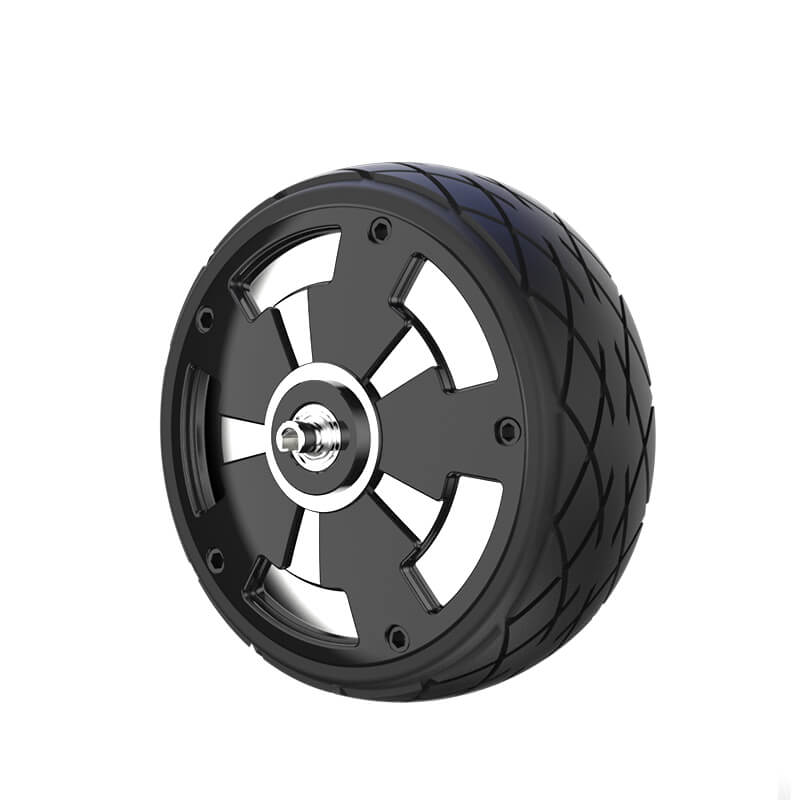Unlocking the Secrets of the SG90 Servo Motor Pin Diagram
If you’ve ever explored the world of robotics or DIY electronics, chances are you’ve encountered the compact but mighty SG90 servo motor. Known for its affordability, precision, and ease of use, this tiny component opens a universe of creative possibilities. But understanding its inner wiring—its pin diagram—is the key to unlocking its full potential.

The SG90 is a standard micro servo motor that operates through precise control of its rotation angles. It’s widely used in hobby robotics, drones, remote-controlled cars, and automation projects. Before delving into programming or application design, it’s critical to understand the basics of its pin configuration.
Understanding the Physical Layout
Visually, the SG90 servo motor is a small, rectangular device with a protruding servo horn—sometimes a plastic arm—used to connect to other mechanical parts. Typically, you'll see three wires extending from it, which are vital signals and power connections. These also correspond to specific pins, each with functions critical for the operation of the servo.
The Three Main Pins
The wiring of the SG90 is generally standardized, though slight variations may exist based on manufacturer. The common pinout includes:
Power (VCC) – Usually Red Ground (GND) – Usually Brown or Black Control Signal (PWM Signal) – Usually Orange or Yellow
This basic color code (red for power, black/brown for ground, orange/yellow for control) is a common convention in RC servos, but always verify with the datasheet or manufacturer documentation because color-coding might differ.
Pin Diagram Overview
The pin diagram for the SG90 is straightforward:
Pin 1: Power (VCC) – Connects to the positive voltage supply, typically 4.8V to 6V, supplied by your microcontroller or power source. Pin 2: Ground (GND) – Completes the circuit, should be connected to the ground of your power supply. Pin 3: Signal (PWM) – Receives the command signal, which tells the servo how far to rotate. This is usually a pulse-width modulation (PWM) signal, varying between about 1ms to 2ms, corresponding to 0 to 180 degrees rotation.
Understanding this pinout sets the stage for correct wiring and operation.
Physical Connector Types and Compatibility
Most SG90 servo motors use a standard 3-pin JST connector or a similar type that fits typical servo sockets on microcontrollers and development boards like Arduino, Raspberry Pi, or ESP32 modules. When connecting, ensure that the orientation of the connector matches the pinout, as reversing connections can cause damage or erratic behavior.
Electrical Considerations
The SG90 is quite sensitive to power fluctuations because many beginner projects cross-feed power or draw excessive current. It’s wise to use a dedicated power supply for the servo if your microcontroller or board doesn’t support sufficient current. Overvoltage can damage the servo, so sticking to the recommended 4.8V–6V range is crucial.
In addition, a capacitor (around 100µF to 470µF) placed across the power and ground lines helps smooth power delivery and prevents jitters during operation. This is especially true when multiple servos or motors are connected.
Control via Microcontrollers
To operate the SG90, you'll typically send PWM signals using microcontrollers like Arduino. The PWM controls the position of the servo by varying pulse duration:
1ms pulse for ~0 degrees 1.5ms pulse for ~90 degrees 2ms pulse for ~180 degrees
Most microcontroller programming environments provide libraries to generate these signals easily, making the physical pin connections the first step toward smooth automation and robotics.
Stay tuned for Part 2, where we’ll cover detailed wiring diagrams, programming tips, troubleshooting common issues, and creative ways to use the SG90 servo motor in your projects!
Kpower has delivered professional drive system solutions to over 500 enterprise clients globally with products covering various fields such as Smart Home Systems, Automatic Electronics, Robotics, Precision Agriculture, Drones, and Industrial Automation.




































